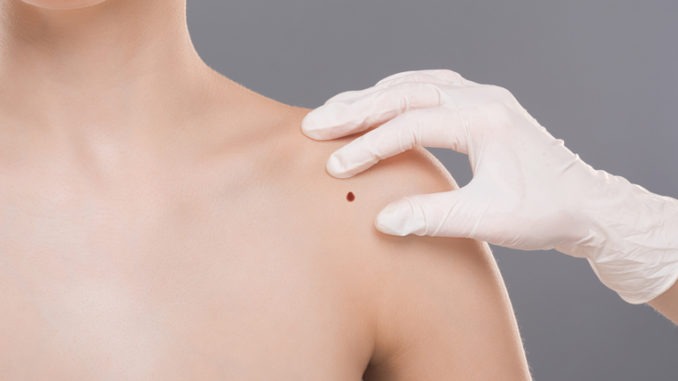
Would moving more skin cancer treatment to the primary care sector improve outcomes and save money? A new study tries to establish the facts
This is an edited version of an article first published by the Irish Examiner
Moving skin cancer treatment to general practice may result in an excess of benign excisions and result in being less efficient and less cost effective, a new study shows.
Melanoma incidence and mortality more than doubled between 1994 and 2013 when it was the 5th most common cancer in men and women.
Skin cancer is a growing problem worldwide. In Ireland, the most recent annual incidence of melanoma (2016-18) is 1,110 and for non-melanoma skin cancer 10,816. The incidence of melanoma is rising faster than most other cancers and doubling every 15 years.
The study, carried out by Cork University Hospital, compared the benign and malignant ratio for specimens referred by general practice, general surgery and the skin cancer service to the regional pathology laboratory over one month.
“This is putting a strain on healthcare resources in primary and secondary care,” co-author, consultant dermatologist JF Bourke, said. “Because of the potential for metastases, and associated mortality, the National Cancer Control Programme (NCCP) recommends that all suspect pigmented lesions should be referred to secondary care for assessment by dermatology or plastic surgery at the regional skin cancer service.”
Because of this, melanoma treatment is deemed to be best managed by specialist skin cancer services in secondary care, but optimal service management of non-melanoma skin cancer is less clear-cut. Excision biopsies of non-melanoma skin cancer could be conducted by GPs rather than secondary care.
This would have the advantages of rapid, apparently effective, treatment, satisfying GPs and patients alike. The study results, published in the Irish Medical Journal, show that 620 excisions were received and, of these, 139 were from general practice, 118 from general surgery and 363 from the skin cancer service.
The number of malignant lesions was 13 or 9.4% from general practice, 18 or 15.2% from general surgery and 137 or 37.7% from the skin cancer service. Excision was cheaper in general practice, at €84.58 as compared to €97.49 in the hospital day surgical unit. However, the cost per malignant lesion excised was €1,779.80 in general practice versus €381.78 in the skin cancer service.
“Our results indicate that movement of excision of non-melanoma skin cancers to the community would be costly,£ Dr Bourke added. “Based on the ratio of benign to malignant lesions excised, we estimate that the cost to the health service would increase over fourfold, from €381.78 to €1,779.80.
“The extra cost per non-melanoma skin cancer excised would be almost €1,400. Given that almost 9,000 non-melanoma skin cancers were excised nationally in 2016, this would have significant budgetary implications.
“It could be argued, with improved training of GPs in the recognition of benign lesions, the ratio of benign to malignant excisions might be improved. However, experience of the use of GPs with special interest in the UK has been disappointing, and not cost-effective.”


Be the first to comment